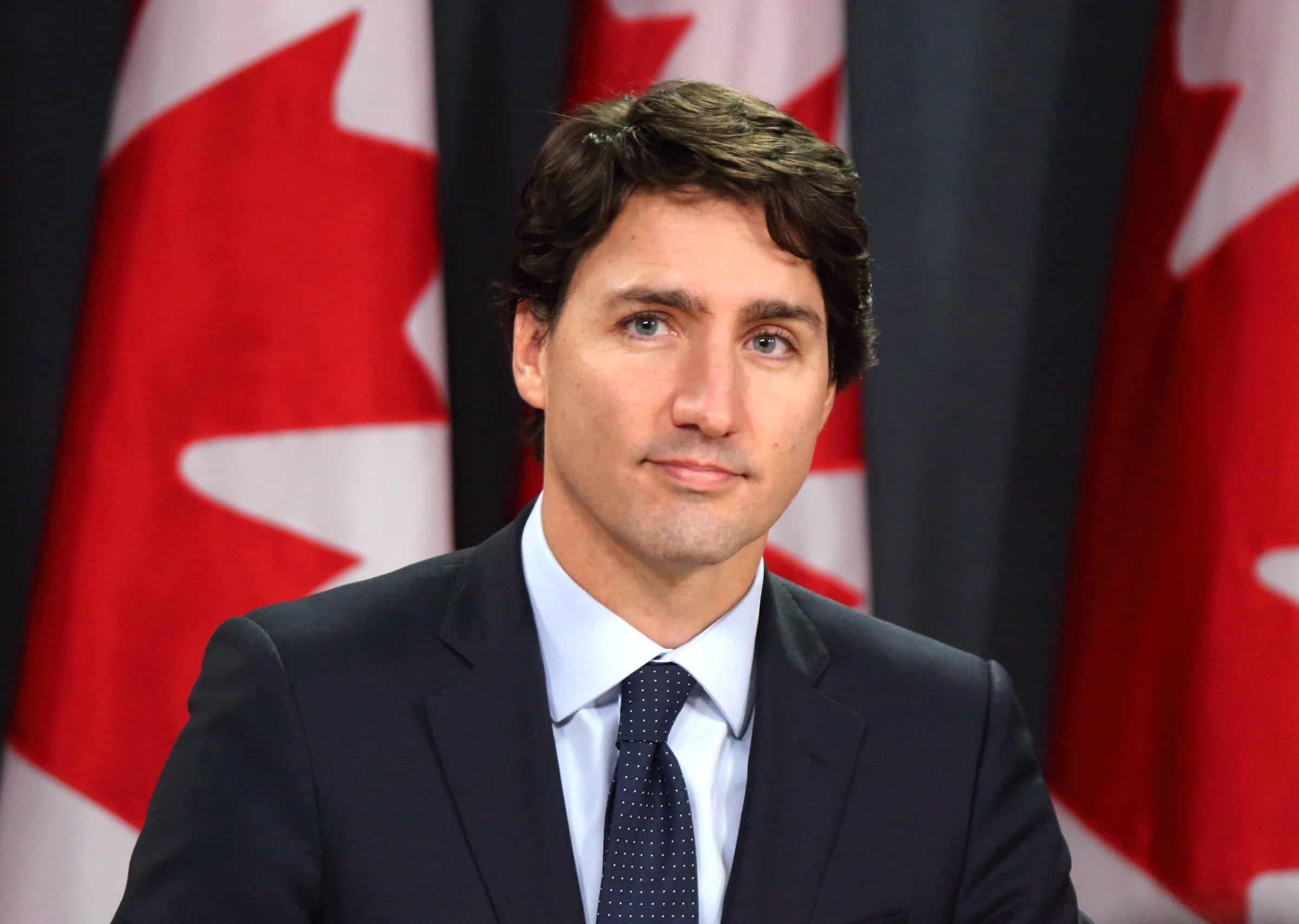
BREAKING: Trudeau Announces Resignation as Liberal Leader; Parliament to Suspend Operations Until March 2024
In a pivotal and unexpected move, Prime Minister Justin Trudeau has declared his intention to resign from his position as leader of the Liberal Party of Canada. However, Trudeau emphasized that he will continue to serve as Prime Minister until a new leader is chosen by the Liberal Party. Along with his resignation announcement, the Prime Minister has requested that Governor General Mary Simon prorogue Parliament until March 24, 2024, effectively halting all parliamentary proceedings for the time being.
Understanding the Significance of Prorogation
Proroguing Parliament is a procedural action in which Parliament is temporarily suspended, causing all current legislative efforts to come to an abrupt end. This means that any bills or laws being discussed or debated will die, and no new legislation can be passed until the parliamentary session resumes. The prorogation process will bring a pause to the work of lawmakers, including any legislative changes or reforms that were expected to be introduced in the coming weeks.
The Political Context: Why Trudeau’s Resignation?
Trudeau’s resignation announcement follows a period of increasing political instability and public dissatisfaction with his leadership. Over the past few months, the Prime Minister has faced growing calls for his resignation from within his own party, with several Liberal MPs publicly voicing their concerns about his ability to lead the country.
In mid-December 2024, Deputy Prime Minister and Finance Minister Chrystia Freeland made a sudden departure from her role, resigning just hours before she was set to deliver the crucial fall economic statement. This move further intensified the pressure on Trudeau to step down, fueling speculation that his leadership was becoming untenable.
Furthermore, opposition leaders from the Conservative Party and the New Democratic Party (NDP), Pierre Poilievre and Jagmeet Singh, respectively, had already announced plans to support a vote of no confidence in the Prime Minister. This vote could have forced Trudeau’s resignation or prompted him to seek the dissolution of Parliament, thus leading to a national election.
The Immediate Consequences of Prorogation and Resignation
As a result of Trudeau’s request to prorogue Parliament, all upcoming parliamentary sessions, including critical discussions and decisions on national policies, will be delayed. No bills will be passed during this period, and the government will be unable to introduce new legislative proposals until after the prorogation ends in March 2024.
This decision to halt the workings of Parliament also raises questions about the progress of key issues, including economic reforms, healthcare initiatives, and, notably, Canada’s immigration policies. The delay could disrupt the government’s ability to enact several planned policy changes.
Potential Implications for Canada’s Immigration Policy
Trudeau’s resignation and the suspension of Parliament come at a time when Canada’s immigration landscape has been undergoing significant changes, largely driven by the policies of Immigration Minister Marc Miller under Trudeau’s leadership. The Liberal government had introduced a series of reforms aimed at addressing the country’s evolving immigration needs. Some of these reforms, however, have sparked significant debate.
Key immigration changes that have been implemented or proposed include:
- Limiting Study Permit Applications: To address concerns over the number of international students entering Canada, the government introduced caps on study permits, aiming to regulate the volume of incoming students.
- Restrictions on Post-Graduation Work Permits (PGWPs): One of the more controversial changes has been the restriction on PGWPs for graduates from programs tied to curriculum licensing agreements. This decision has limited access to work permits for international students from certain institutions.
- Changes to Spousal Work Permits: In an effort to streamline the immigration process, the government reduced eligibility for open work permits for spouses of certain foreign workers and international students.
- Language Testing Requirements for PGWPs: New language proficiency requirements were introduced for students applying for PGWPs, impacting many graduates who were previously eligible without additional language testing.
- Field of Study Limitations: The government introduced limitations on PGWP eligibility, now requiring graduates to have completed their studies in specific fields, such as STEM programs, which may exclude those in other areas of study.
- Cutting Permanent Resident Landings Targets: The government revised its permanent residency goals, lowering the target for landings by 20% relative to previous years. This reduction has raised concerns among immigration advocates, as it signifies a tightening of immigration pathways for newcomers.
- Incorporating Temporary Resident Targets: In an effort to better manage Canada’s immigration balance, temporary resident targets were included in the Immigration Levels Plan, influencing the number of international students, temporary workers, and tourists entering the country.
- Flagpoling Ban: The government also introduced a ban on flagpoling, the practice of exiting and re-entering Canada to process immigration applications at border crossings. This move was intended to streamline and control immigration processing, but it has faced criticism from those who used the practice as a convenient means of managing their immigration status.
- Changes to CRS Points for Job Offers: The government also removed additional points from the Comprehensive Ranking System (CRS) for candidates with valid job offers. This policy change had a significant impact on Express Entry applicants, particularly those hoping to improve their ranking by securing a job offer from a Canadian employer.
Despite these changes, the government had planned to implement further immigration reforms as it prepared for the next federal election. However, with the prorogation of Parliament, there is now uncertainty about whether these changes will be delayed or altered. The halt in legislative activity means that no new immigration policies can be passed until Parliament resumes, potentially stalling key proposals.
How the Political Shift May Affect Immigration Plans Moving Forward
The ongoing political uncertainty and the prorogation of Parliament have left immigration experts and applicants in limbo. With Trudeau stepping down and a potential leadership change on the horizon, it is unclear how future immigration policies might evolve. The resignation could lead to a shift in priorities, especially if the next leader of the Liberal Party brings a different perspective on immigration.
While Marc Miller has been at the forefront of immigration reforms, the next Prime Minister may decide to revisit or reverse some of these measures. With a new leader at the helm, it is possible that some of the restrictions and caps on immigration could be eased, or alternatively, tightened further depending on the direction the party chooses.
Immigration stakeholders, including employers, education institutions, and international students, will be closely monitoring the situation, as any major changes to immigration policy could have a lasting impact on Canada’s immigration system and the country’s economic growth.
Looking Ahead: What to Expect in the Coming Months
As Trudeau steps down and Canada prepares for a new chapter in its political history, the immediate future of immigration policy is uncertain. The prorogation of Parliament means that no new immigration legislation can be passed until March 2024, delaying any planned changes to the system.
This period of uncertainty is likely to have a ripple effect on various sectors of the economy that rely heavily on immigration, such as the education and healthcare industries, as well as employers looking to fill labor gaps with skilled foreign workers. The longer-term impact on Canada’s immigration system will depend on who succeeds Trudeau as the leader of the Liberal Party and how the new leadership navigates the evolving political landscape.
For now, immigration applicants, professionals, and stakeholders will have to wait for further developments as Canada’s political leadership enters a period of transition, leaving many questions about the future of Canadian immigration unanswered.
For a consultation about Immigration options, reach out to the CAD IMMIGRATION today!





